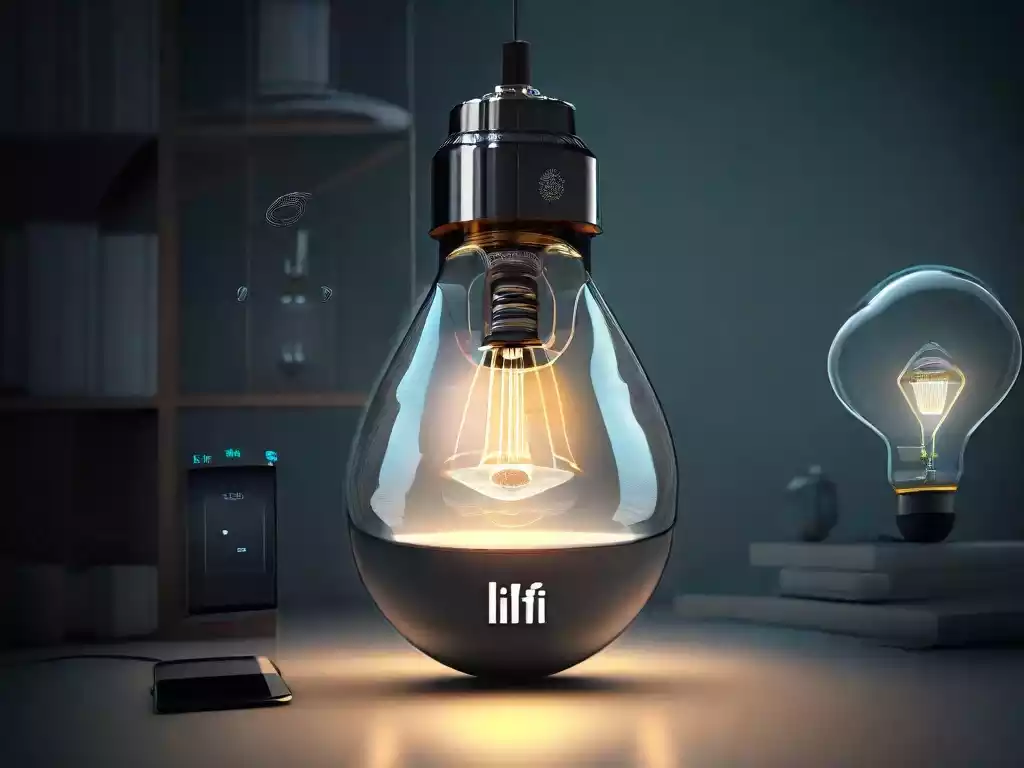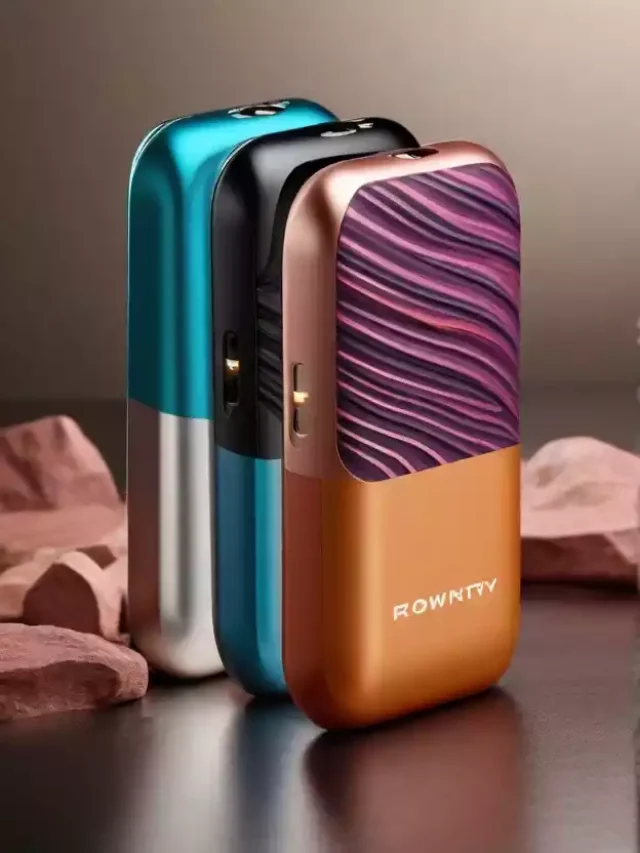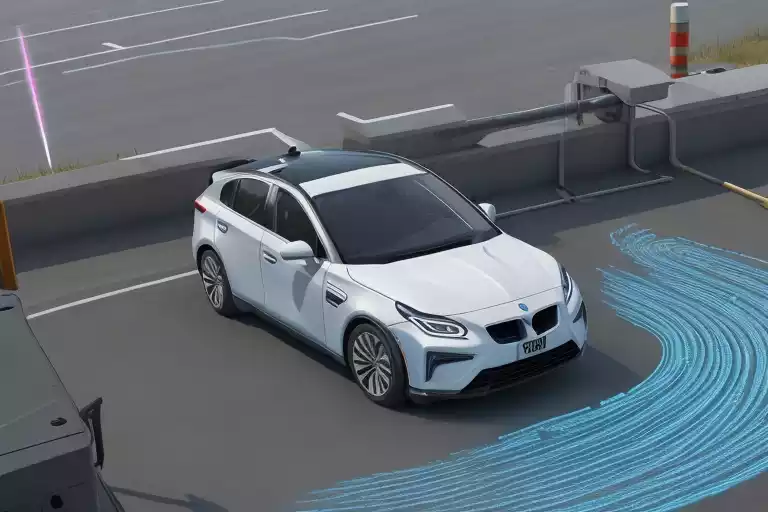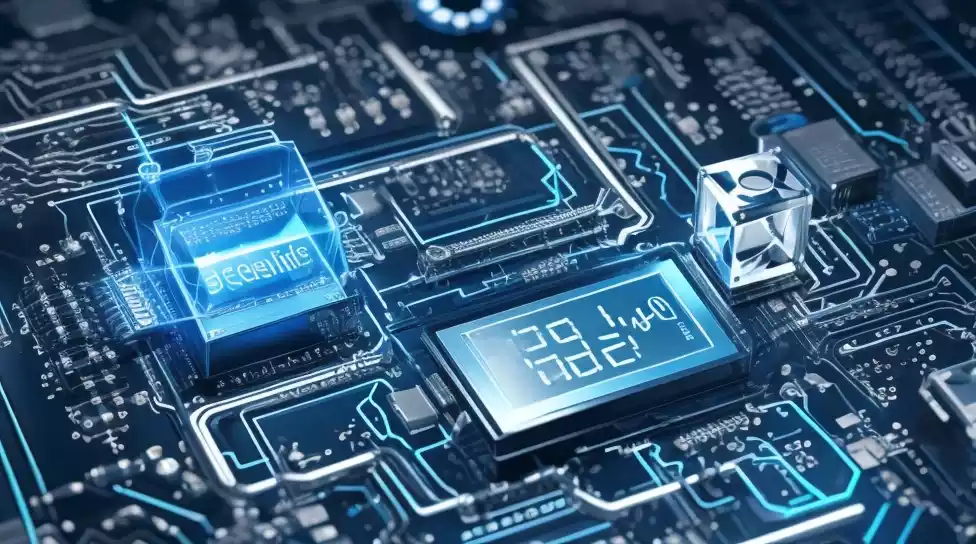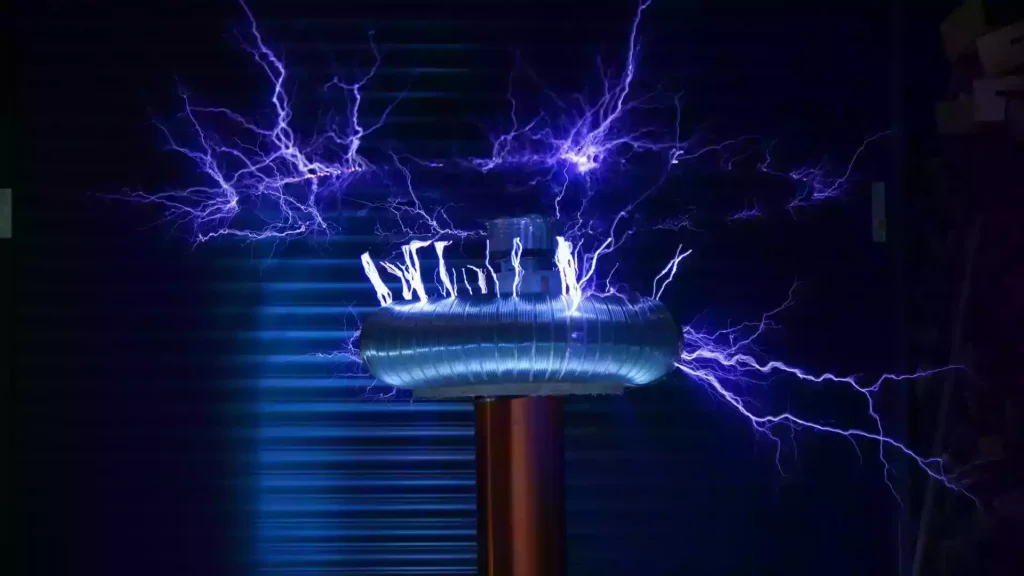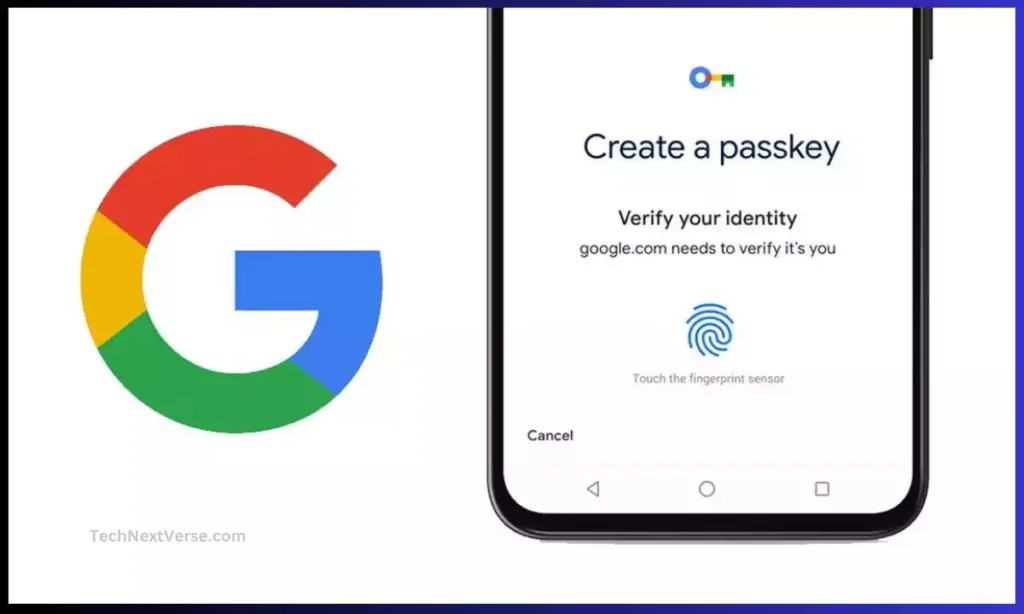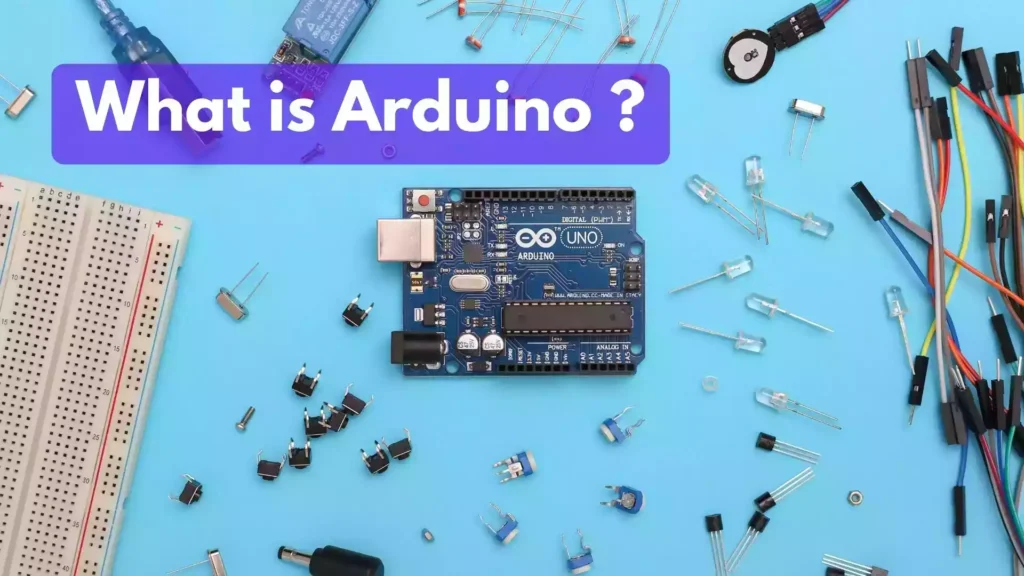Imagine a world where you can browse the Internet, stream videos and download files at lightning-fast speeds without the limitations of traditional Wi-Fi networks.
This dream is becoming a reality with the advent of LiFi, a revolutionary technology that uses light to transmit data wirelessly.
In this article, we’ll explore what LiFi is, how it works, its advantages over Wi-Fi, and its potential impact on various industries.
Get ready to unlock the future of wireless connection
Introduction
In the current era of technology, wireless connectivity has become an essential aspect of our daily lives. Traditional Wi-Fi networks, although convenient, have some limitations that can hinder performance in crowded areas or environments with interference. However, LiFi, “light fidelity,” offers a promising alternative that transmits data using light waves, offering lightning-fast Internet speeds and many other benefits.
What is LiFi Technology?
LiFi is a wireless communication technology that uses light, such as visible light, infrared, or ultraviolet, to transmit data without the need for traditional Wi-Fi signals. Developed by Professor Harald Haas in 2011.
LiFi leverages the rapid on-off capabilities of light-emitting diodes (LEDs) to transmit binary data. By modulating the light intensity at incredibly high speeds, LiFi can achieve data transmission rates that surpass traditional Wi-Fi networks.
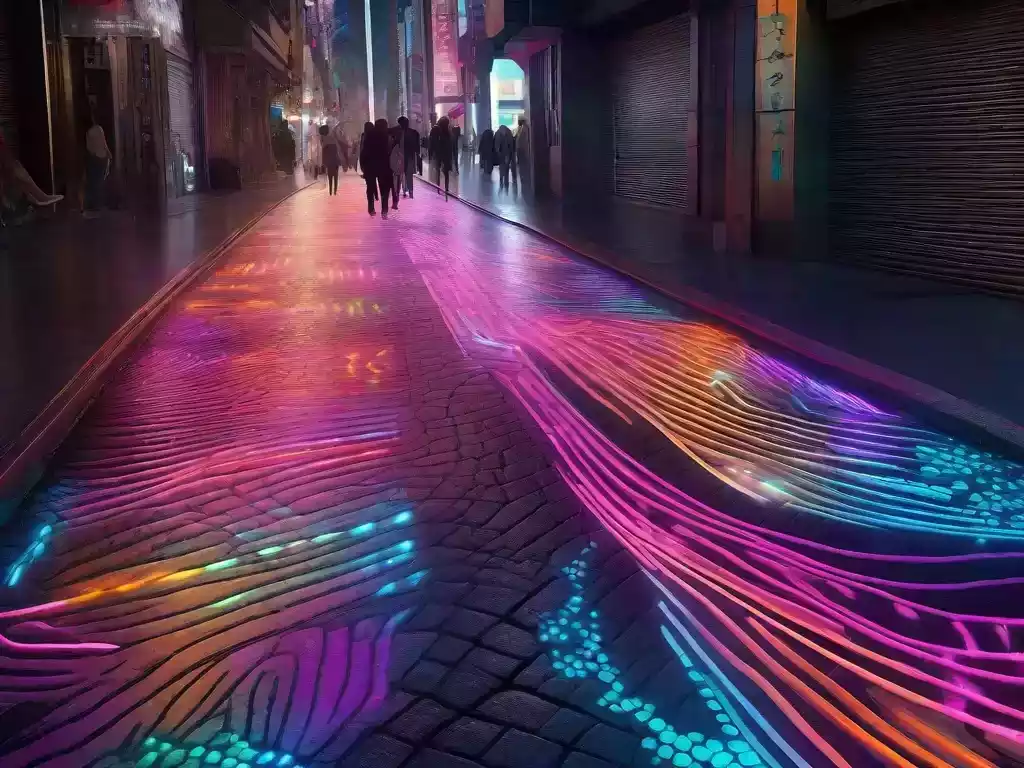
How does Li-Fi work?
Here is a brief overview of how LiFi technology works:
- A LiFi system consists of a LED light that encodes data into subtle changes in light intensity, and a photodetector receiver that detects and decodes these changes.
- The LED bulb acts as an access point, encoding data as binary 1s and 0s into the light it emits by subtly dimming and brightening the bulb. This happens so fast that it is imperceptible to the human eye.
- Controller circuitry that handles signal processing like amplification and encoding/decoding of data.
- The variations in light intensity are detected by the photodetector receiver, which contains a silicon photodiode that converts light into electric current.
- The photodiode in the receiver is connected to a signal processing unit that amplifies the photocurrent and converts it back into the original data by decoding the 1s and 0s.
- LiFi bulbs can beam data directly to receivers within its coverage area, or reflect data off walls and ceilings to create a wider networked space.
- Uplink transmission from the receiver to the LED bulb is possible by using an infrared LED in the photodetector to encode binary data into infrared light aimed at the Li-Fi bulb.
- Li-Fi systems use orthogonal frequency division multiplexing (OFDM) modulation schemes for networking and duplexing uplink and downlink data.
- Li-Fi provides network security by confining data transmission to the focused beams of LED bulbs which do not penetrate opaque structures.
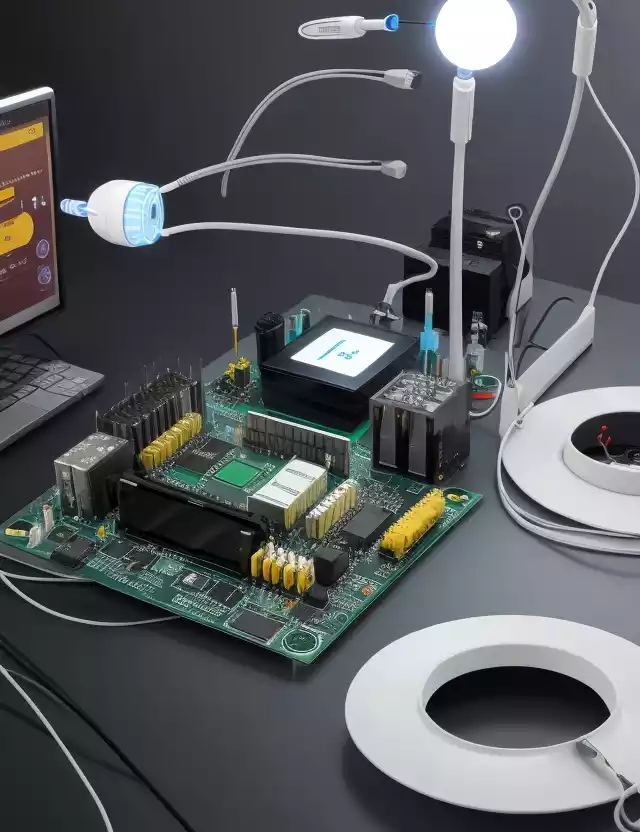
Li-Fi systems employ orthogonal frequency division multiplexing (OFDM) modulation methods to effectively utilize the available spectrum for networking. OFDM divides the spectrum into multiple closely spaced subcarriers that can each carry data simultaneously. This allows for rapid transmission of high volumes of data.
Advantages of Li-Fi over Wi-Fi
Li-Fi offers several key advantages when compared to Wi-Fi :
1. Faster Data Rates :
Theoretically, Li-Fi can achieve bidirectional data rates of up to 224 Gbps, which is much faster than top Wi-Fi speeds. Practical implementations have already demonstrated speeds of over 10 Gbps.
2. More Secure
Since light cannot pass through opaque structures, LiFi networks are inherently more secure. Data transmission is confined to the illuminated range, minimizing eavesdropping.
3. No Interference
Li-Fi uses visible or infrared light, which does not interfere with electromagnetic signals from other wireless devices like WiFi, 3G, 4G, etc. This allows LiFi to be easily implemented alongside other communication technologies.
4. Widely Available Spectrum
The visible and infrared spectra have 10,000 times more bandwidth available compared to the radio frequency spectrum used by WiFi. This vast spectrum availability enables extremely high data densities.
5. Environmentally Friendly
LiFi uses energy-efficient LED bulbs that are already being widely adopted for lighting. It allows the reused use of existing lighting infrastructure.
6. High Localization
LiFi access zones can be well-defined since light beams do not penetrate walls. This enables easy implementation of location-based services.

Applications of LiFi
LiFi has a diverse range of current and potential applications :
- High-speed internet connectivity in enclosed spaces like offices, malls, airplanes etc. where WiFi struggles to penetrate structural barriers.
- Underwater networking in oceanic applications since RF waves attenuate rapidly in water while light travels farther.
- Hospitals can use LiFi for lighting as well as high-speed and localized data transmission without interfering with medical devices.
- Using LiFi in petrochemical plants, power stations and other areas with flammable material prevents fire hazards caused by WiFi sparks.
- Location-based merchandising in retail stores by linking LiFi with overhead LED lighting and transmit data to smartphones directly.
- Augmented reality applications by integrating Li-Fi with LED lighting in museums or historical sites to provide information.
- Enhanced security in banks or government buildings as data transmission is tightly restricted to specific illuminated zones.
- Rapid high-density wireless communication in transit systems like aircraft cabins, railway carriages and more.
- High-precision positioning and navigation by using LED beacons that transmit location-specific Li-Fi signals.
Li-Fi v/s Wi-Fi
Features | Li-Fi | Wi-Fi |
Spectrum | LiFi uses visible light | WiFi uses radio frequencies |
Speed | LiFi can theoretically achieve speeds up to 224 Gbps but in real-world LiFi speeds are currently around 50-100 Mbps. | WiFi is currently up to 1-3 Gbps with WiFi 6. |
Range | LiFi has a shorter range of 10-20 meters and requires line-of-sight. | WiFi has a range of around 20 meters indoors and much longer outdoors. |
Interference | LiFi doesn't cause electromagnetic interference so can be used safely in environments like hospitals and aircraft. | WiFi can suffer interference from other devices. |
Security | LiFi's signals are restricted to areas illuminated by the transmitter so it offers more security and privacy. | WiFi signals can penetrate walls and be intercepted. |
Latency | LiFi offers much lower latency than WiFi, which is beneficial for applications like machine-to-machine communication. | More latency |
Implementation | LiFi requires installation of optical components like LED bulbs. | WiFi uses small low-cost radio components. |
Maturity | LiFi is a newer technology still in development. | WiFi is a mature technology having been around since the 1990s. |
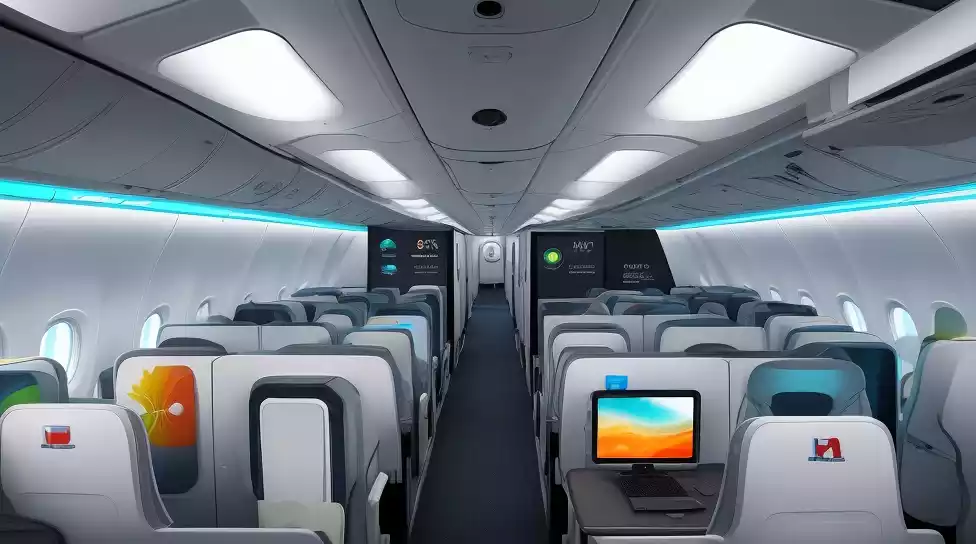
Challenges for Adoption
While promising, LiFi still faces some challenges to widespread adoption :
- Requires line-of-sight access between the LED transmitter and photodiode receiver, which can limit mobility.
- Effective range is reduced by interference from external light sources like sunlight or artificial lighting.
- Initial setup costs are higher compared to WiFi. However, prices are expected to fall with economies of scale.
- Seamless user experience requires dense and ubiquitous deployment of LiFi access points.
- Efficient uplink technology needs to be developed further for full-duplex high-speed communication.
The Future of Li-Fi Technology
Li-Fi is still an emerging technology but its advantages can complement Wi-Fi and meet the growing connectivity needs of the Internet of Things era. With improvements in uplink technology and affordable deployment costs, Li-Fi promises to provide fast, secure and green wireless networking for the future. Leading technology companies are actively developing this innovative light-based communication system. Once the remaining technological challenges are overcome, LiFi could go mainstream within the next five to ten years.
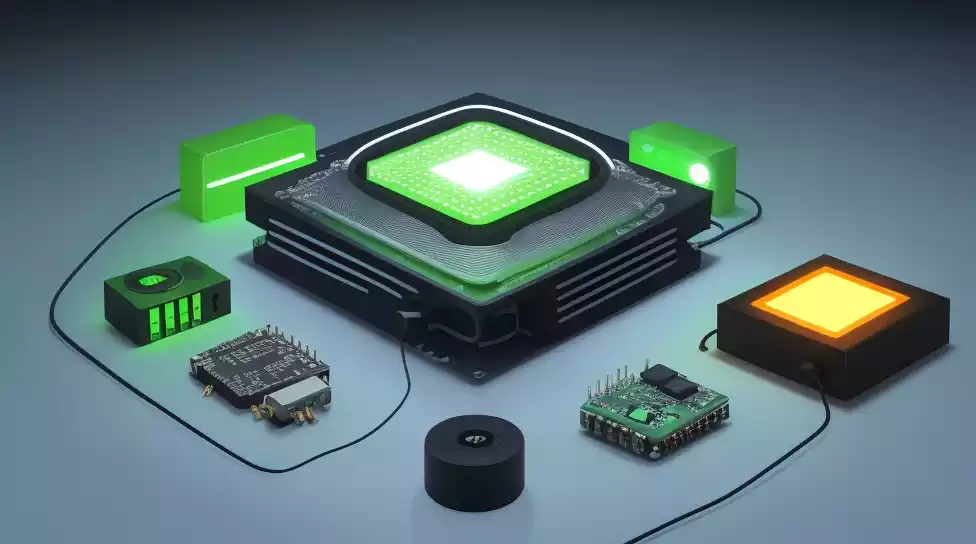
Conclusion
Li-Fi takes advantage of the tremendous spectrum bandwidth available in the visible and infrared light bands to transmit data at very high speeds using LED lights as access points.
It offers various advantages like high speed, safety, localization and security compared to Wi-Fi and other radio frequency communication systems. While still in development, Li-Fi offers the potential to optimize wireless communications in the future as the Internet of Things leads to an increase in connected devices. Continued innovation and widespread adoption could make Li-Fi an integral part of next-generation wireless networking.
FAQs (Frequently Asked Questions)
How does Li-Fi work?
LiFi uses LED bulbs to encode data into subtle variations of light intensity. This modulated light is picked up by a photodiode receiver that converts the signals back into data.
What speeds can LiFi achieve?
Theoretically, LiFi can achieve bidirectional data transfer speeds of up to 224 Gbps. In practice, speeds over 10 Gbps have been demonstrated.
Is LiFi safe?
Ans: Yes, LiFi uses only light that is harmless to humans and animals. It does not emit any harmful electromagnetic radiation.
Can LiFi work in all lighting conditions?
LiFi works best in controlled indoor lighting conditions. External light sources like sunlight can interfere with data transmission.
Does LiFi require line-of-sight?
Ideally, LiFi works through line-of-sight between transmitter and receiver. The signal can reflect off surfaces to an extent to bypass obstacles.
Is Li-Fi secure?
Yes, Li-Fi is very secure as light cannot penetrate through opaque structures. Data transmission is restricted to the focused beam of the LED bulb.
Can Li-Fi replace Wi-Fi?
Not entirely, but Li-Fi can complement and enhance Wi-Fi, especially in areas where WiFi is restricted or unreliable.
What are the components of a Li-Fi system?
The key components are an LED bulb transmitter, photodiode receiver and controller circuitry to encode/decode signals.
How expensive is Li-Fi deployment?
The costs are coming down but still higher than WiFi. However, LiFi leverages existing lighting infrastructure to reduce installation costs.
